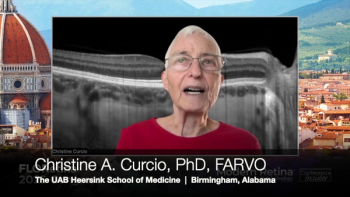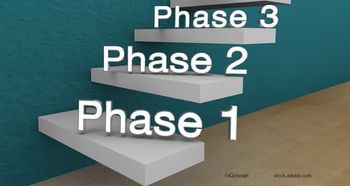
Scheimpflug imaging is effective for detecting narrow angles
Data recently published in Eye has demonstrated that anterior chamber volume (ACV) measurements taken with Scheimpflug imaging is better for detecting narrow angles than spectral domain anterior segment optical coherence tomography (SD-ASOCT).
Data recently published in Eye has demonstrated that anterior chamber volume (ACV) measurements taken with Scheimpflug imaging is better for detecting narrow angles than spectral domain anterior segment optical coherence tomography (SD-ASOCT).
A team led by Dr D.S. Grewal, Department of Ophthalmology, Northwestern University of Feinberg School of Medicine, Chicago, USA, conducted a prospective, cross-sectional, observational study on 265 eyes of 265 patients. Each patient underwent sequential Schiempflug, SD-ASOCT imaging and gonioscopy. The outcome measures included area under receiver operating characteristic curve (AUC), sensitivity, specificity, and likelihood ratios (LRs). These were used to measure the performance of ACV, anterior chamber depth (ACD), angle opening distance (AOD500), and trabecular-iris space area (TISA500) in detecting narrow angles.
Of the eyes studied, 28 eyes were identified as narrow angles on gonioscopy. When detecting narrow angles ACD and ACV performed similarly to each other and significantly better than the nasal and temporal for both AOD500 and TISA500.
The findings demonstrated overall sensitivity and specificity for detecting narrow angles of ACV was 90% and 88%, respectively. The positive and negative LRs were 8.63 and 0.11, respectively. The use of Scheimpflug imaging to perform ACV measurements is more successful than AOD500 and TISA500 for the detection of narrow angles.
Newsletter
Get the essential updates shaping the future of pharma manufacturing and compliance—subscribe today to Pharmaceutical Technology and never miss a breakthrough.








































